
(in)direct design
integrating neurofeedback in a virtual environment to achieve a novel architectural evidence-based design method: a proof of concept

(in)direct design
integrating neurofeedback in a virtual environment to achieve a novel architectural evidence-based design method: a proof of concept
abstract
Architectural design is a complex process. In order to shed light on this process, the idea of investigating human responses to design has been contemplated before. This approach has recently been consolidated into the widely recognized paradigm of evidence-based design (EBD). Despite the evident benefits of the EBD approach, its adoption especially in architectural research remains limited. The resulting gap in knowledge of the relationship between the human mind and the built environment was the main source of motivation for this thesis.
Recent academic and technological advancements provided great opportunities to explore new methods for expanding our knowledge of the mind in space. On one hand, the theory of embodied cognition rejects a strict separation between mind, body, and its environment and recently has become the cornerstone of many architectural studies. It has been proven that architectural affordances directly influence behavior and brain activity, and this activity can be recorded through low-cost commercial EEG devices. On the other hand, to achieve more accurate and reliable results, a controlled environment is needed that enables easy, isolated, and controlled changes. Besides, it should replicate the users’ responses as close as possible to a real situation. It appears that virtual reality (VR) has the potential to capture all the criteria for the aforementioned environment. Consequently, the idea of a proof of concept was formed to provide further evidence for use of neurofeedback in architectural design as a novel method to achieve a deeper understanding of architectural EBD. Therefore, a prototype was developed to assess whether the capabilities of the low-cost commercial EEG equipment and an affordable VR headset are sufficient to create an evaluative toolbox for architects to run an experiment on the experience of spaces.
The objective of this study was to gain a deeper understanding of how design concepts in a built environment influence human perception through reimagining the design process. Therefore, it can provide architects with deeper insight, in a subjective manner, of the stakeholders’ preferences before diving into the design process. We should consider that, with a higher number of experiments, a statistical analysis of the findings will be possible, which can lead to a more objectified point of view and subsequently a set of design recommendations.

so, this project is about how environments shape our behavior, which by itself is one of the most fundamental questions of every architect in history. And its name is (in)direct design because, from the point of view of conventional architecture, this approach to design may seem indirect, but in fact, it paves the way for the most direct method imaginable.
in order to have an overview of the whole thing let’s draw an outline of this presentation. First thing’s first, we will get familiar with some important terms and the second Step will be introducing the concept of evidence-based design. Next, we’ll talk about enactivism, which is the theoretical platform that this thesis is built upon. Then, we will see what sort of studies have been generated by applying the evidence-based approach to enactivism in architecture, namely, the relationship between brain dynamics and architectural affordances. By exploring this crucial part of architectural research, we face a great gap of knowledge which results in our question. In order to answer this question, we will investigate a newborn category of studies from the field of neurosciences. This newly acquired information will help us generate our hypothesis, manifesting itself as a proof of concept. Then we talk about the design and testing a prototype to see if our hypothesis holds up. In the end, we will review the consequences of a successful prototype on the architectural research landscape. And finally, we will wrap it up by taking a quick look at the whole process.
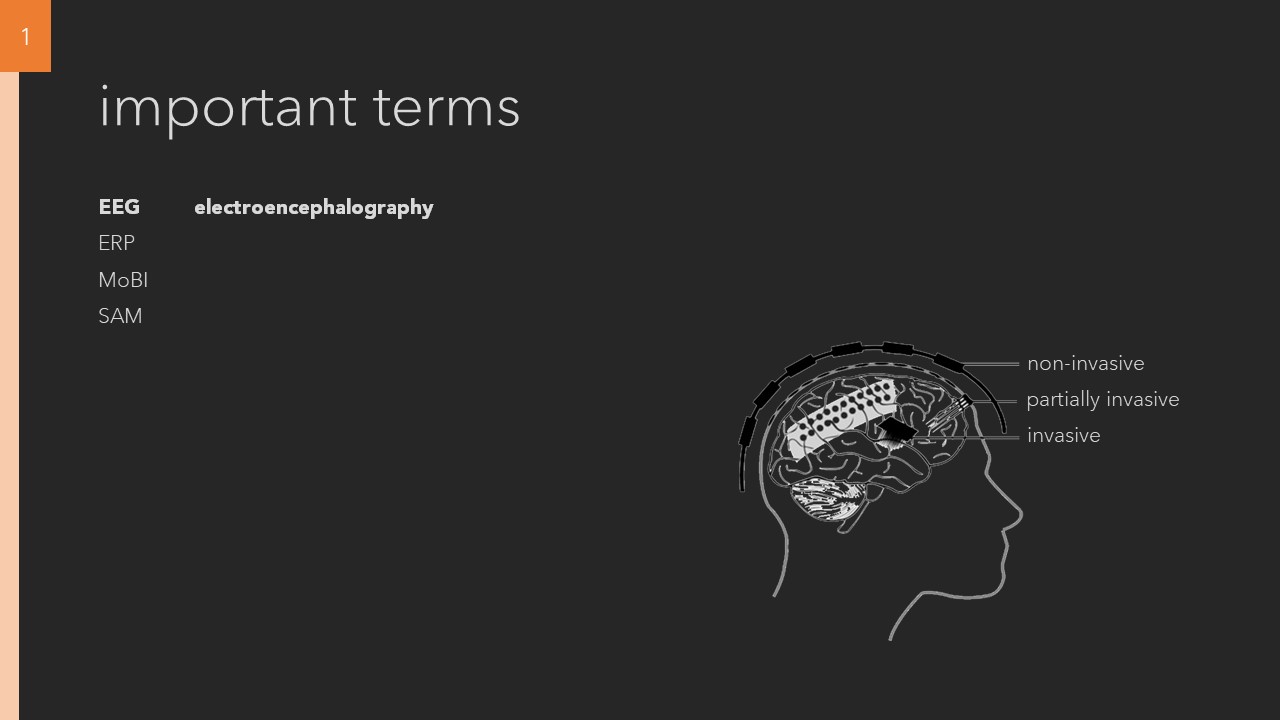

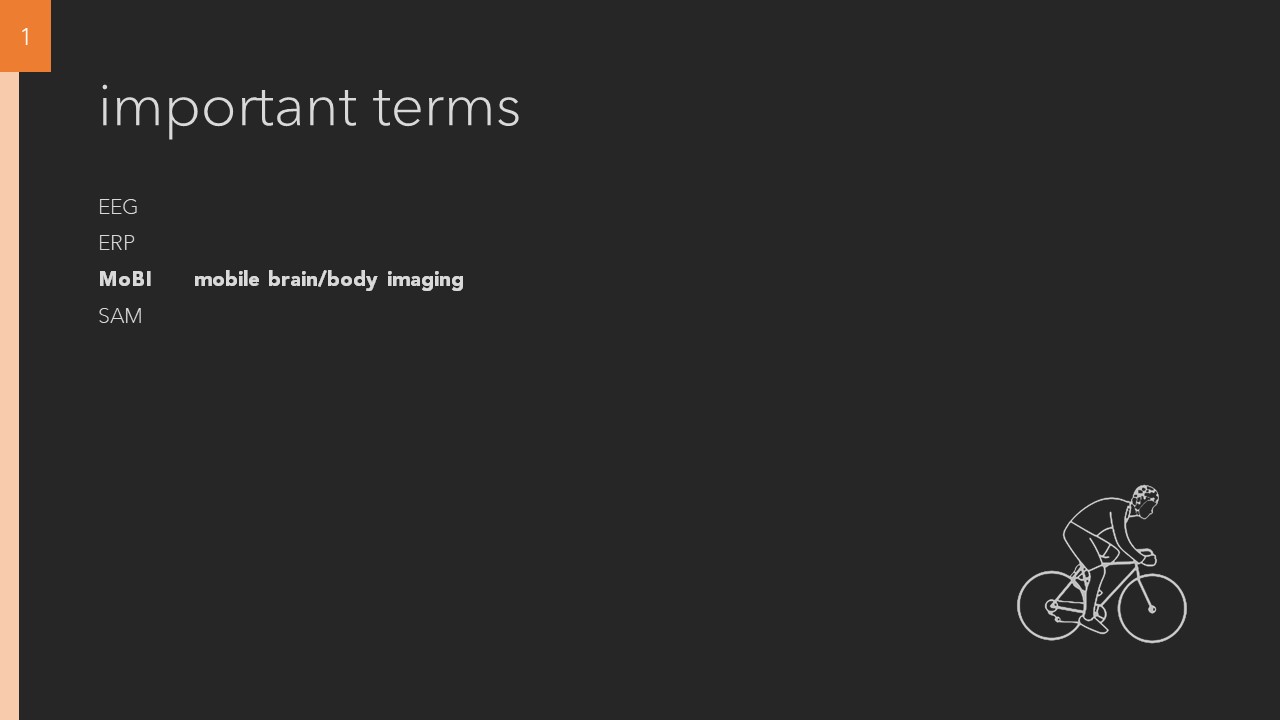
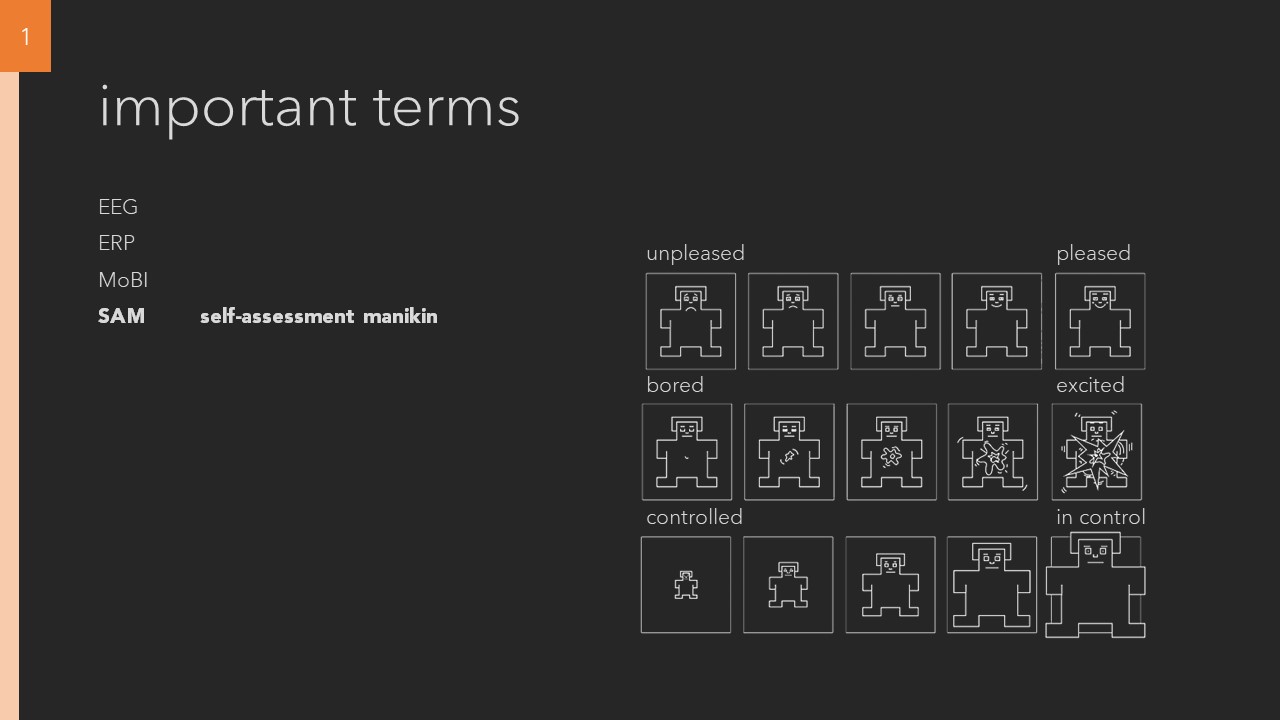
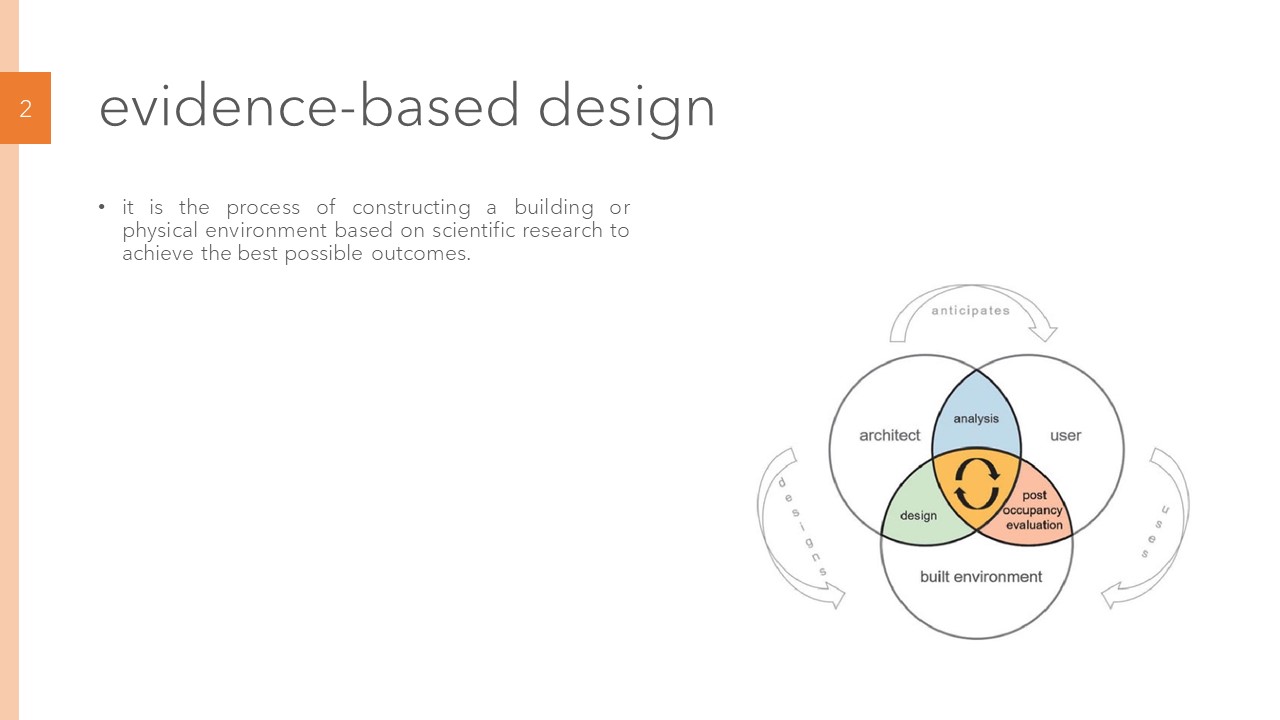
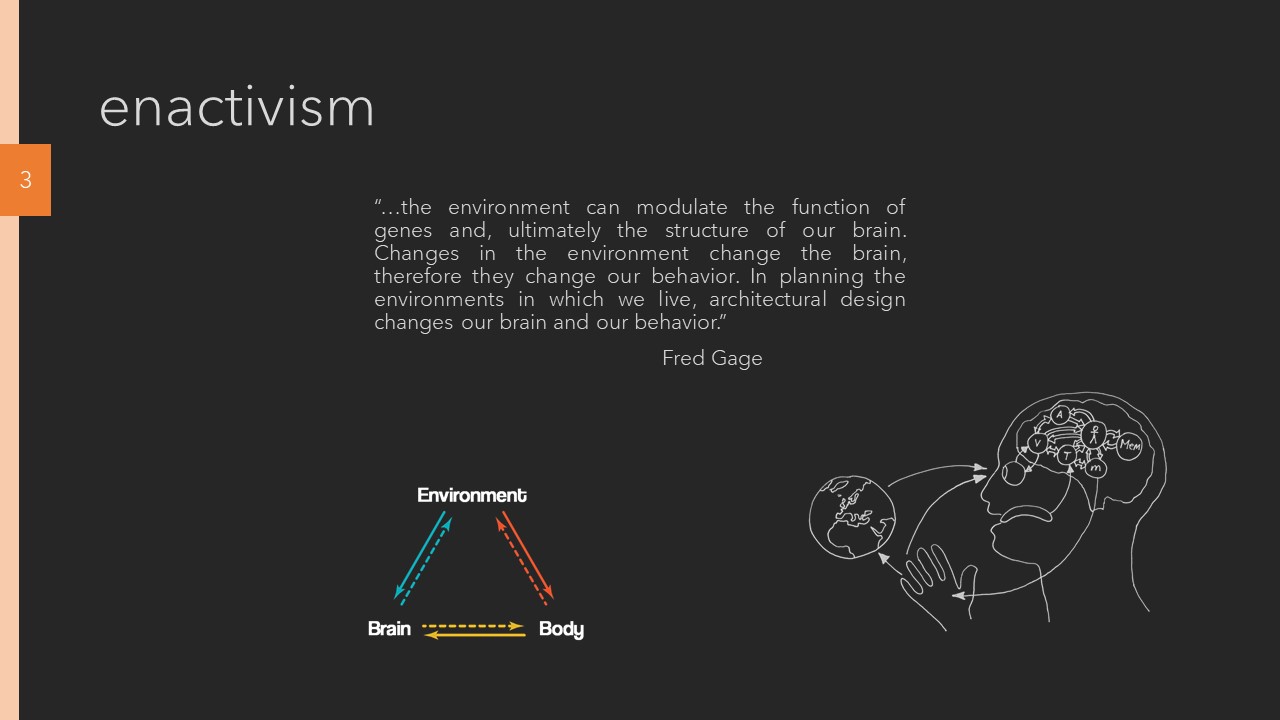
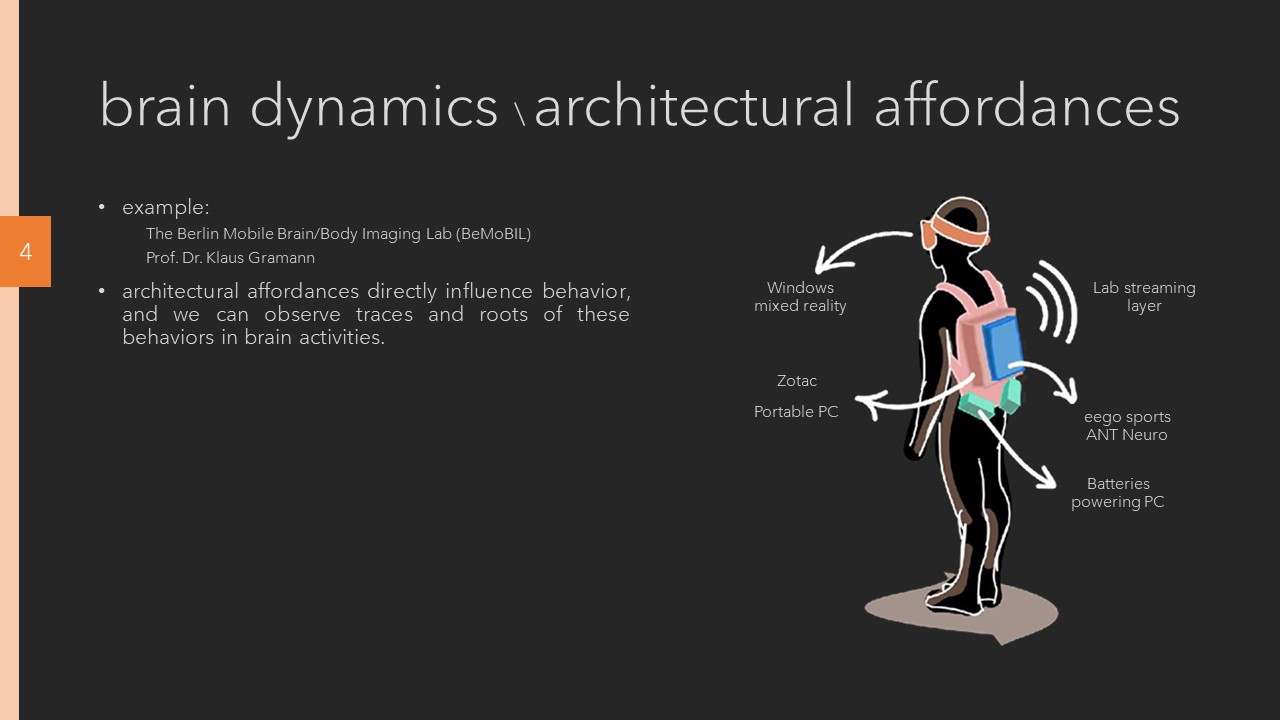

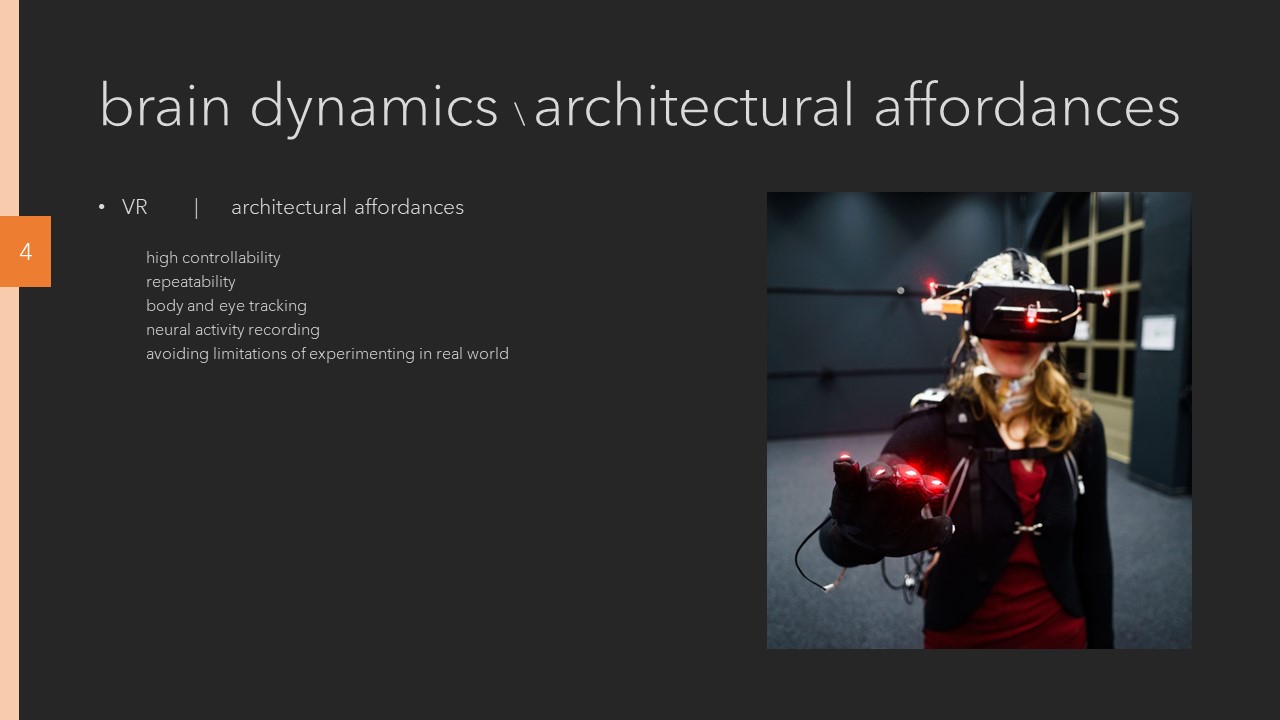

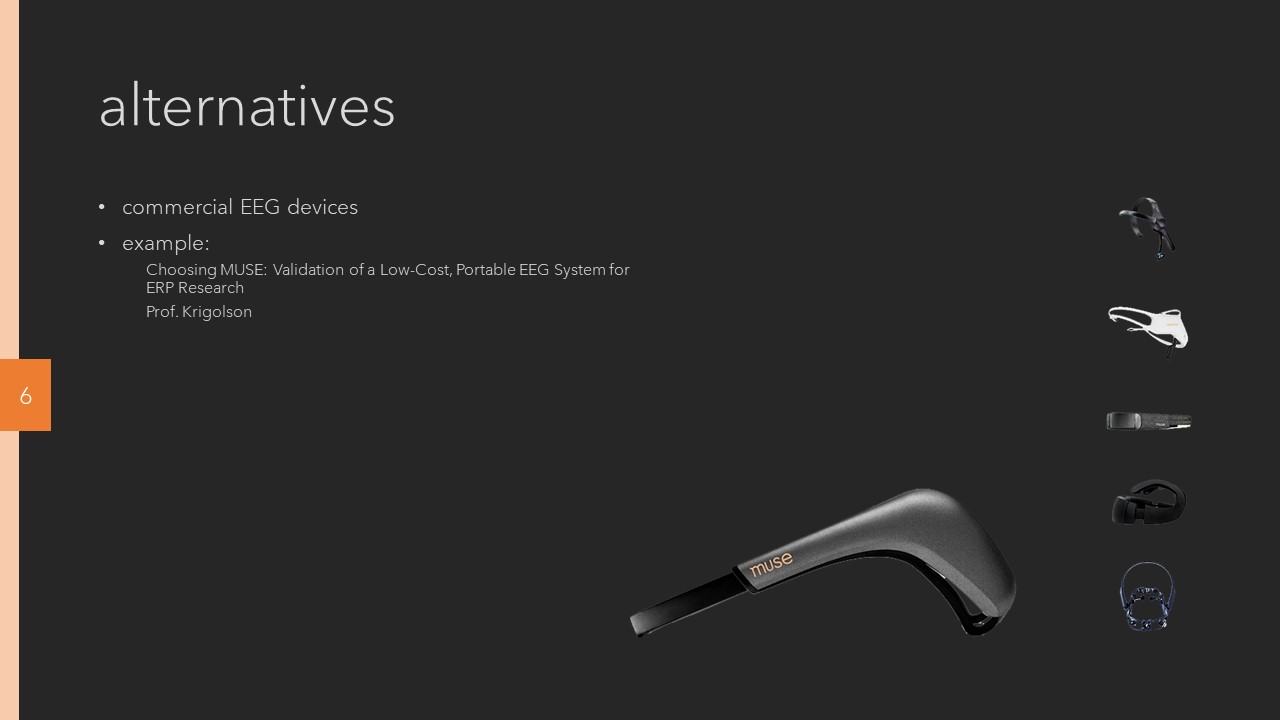
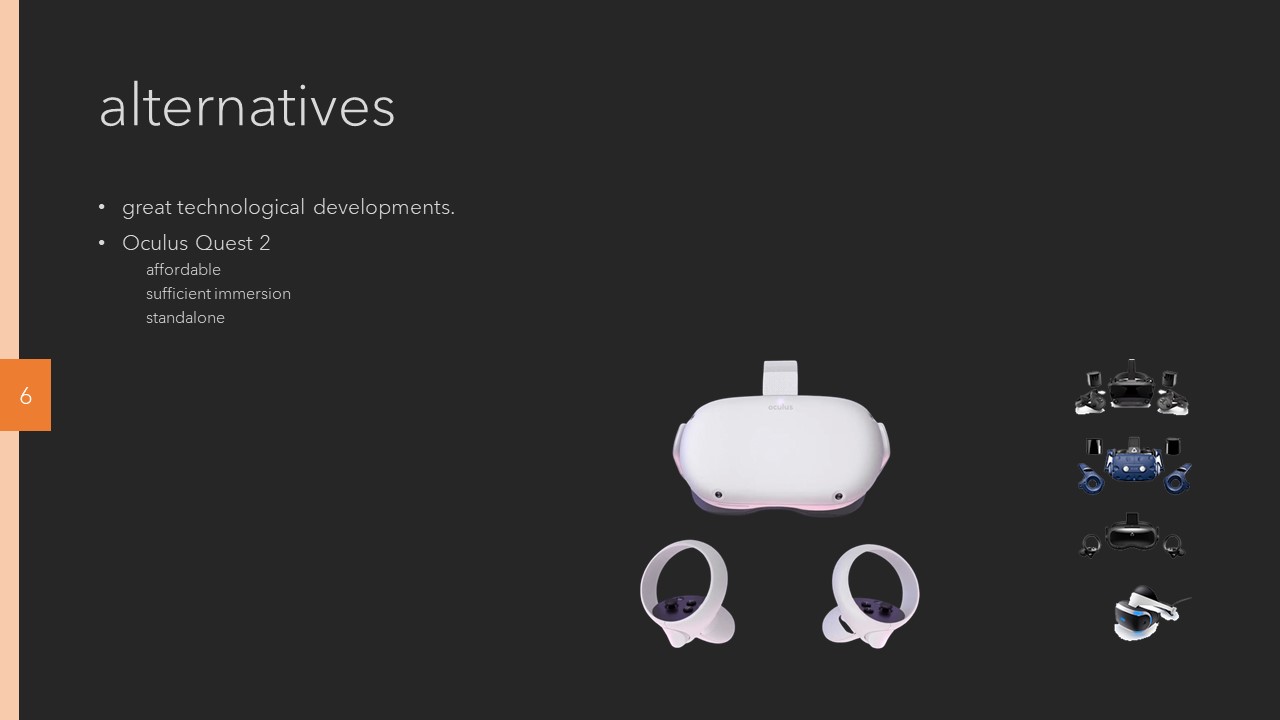

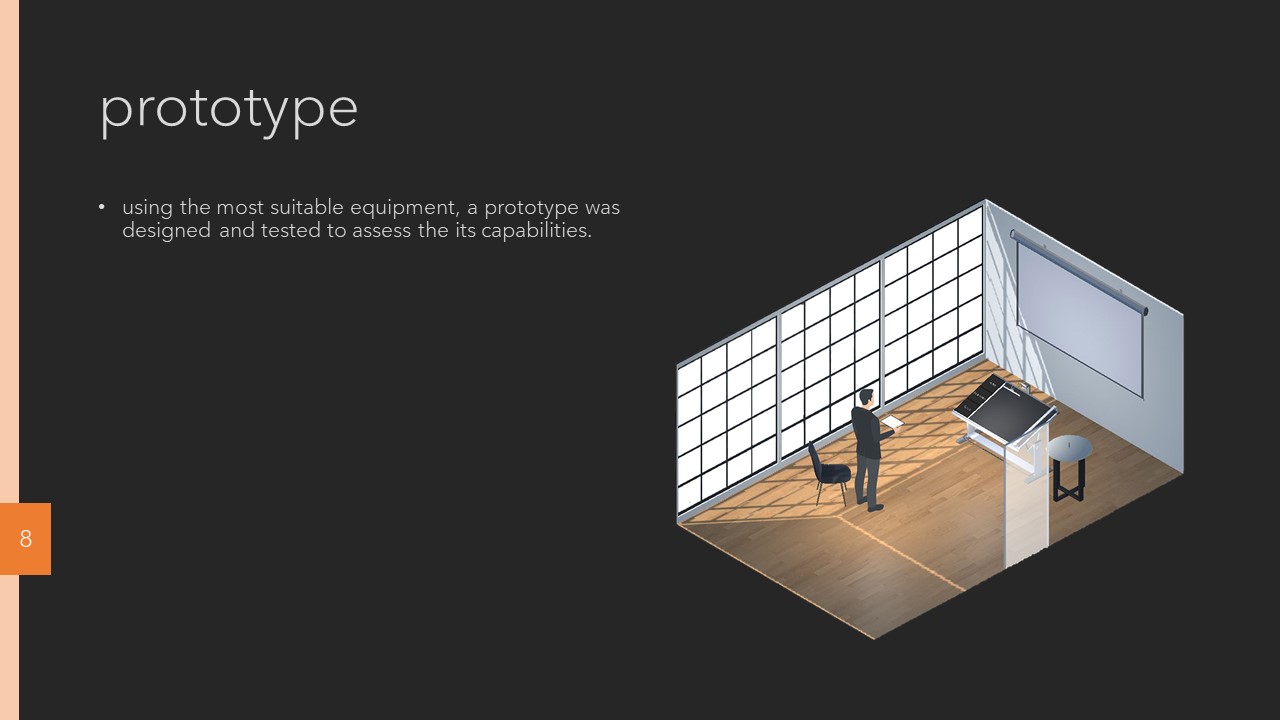
Here, we
will go through the design and testing a prototype to judge our hypothesis.
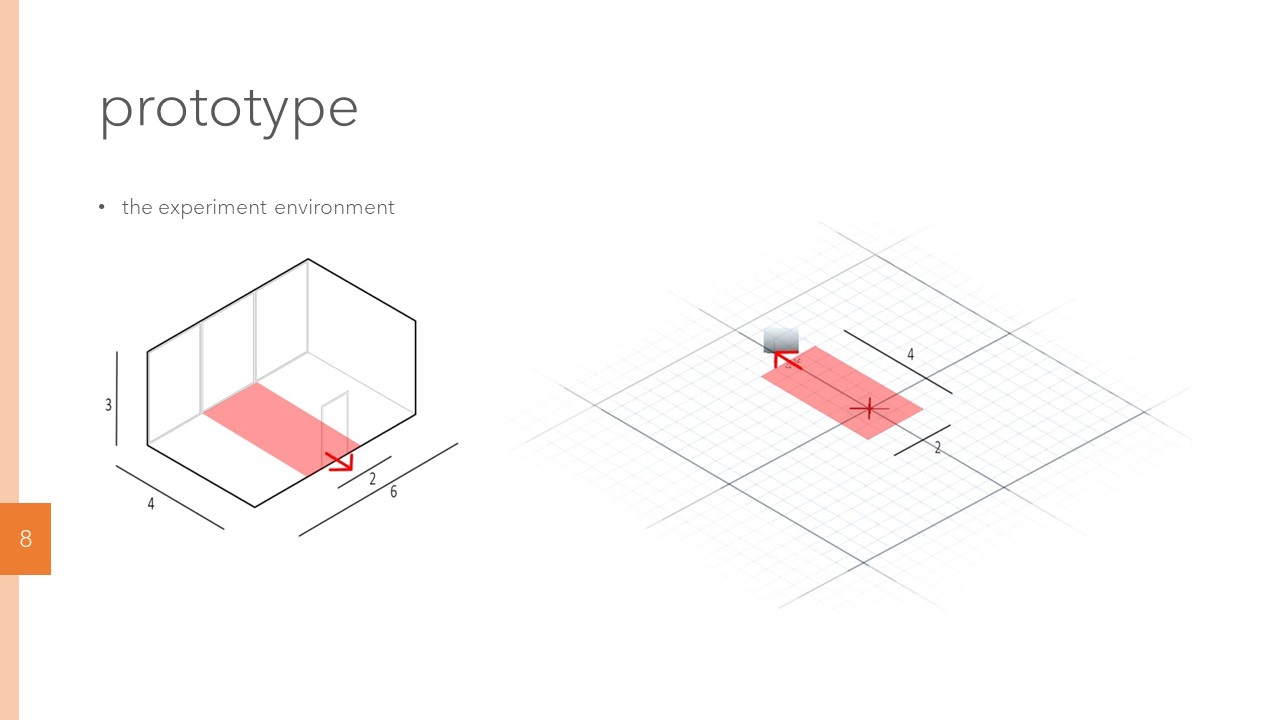
The whole experience consists of two separate environments, the office, and the design environment. The office is designed to be realistic to increase immersion and the design environment is meant to be as simple, as neutral, and as empty as possible and these two are connected through a portal.
We also only need an unobstructed 8 by 2 m space to run the experiment.
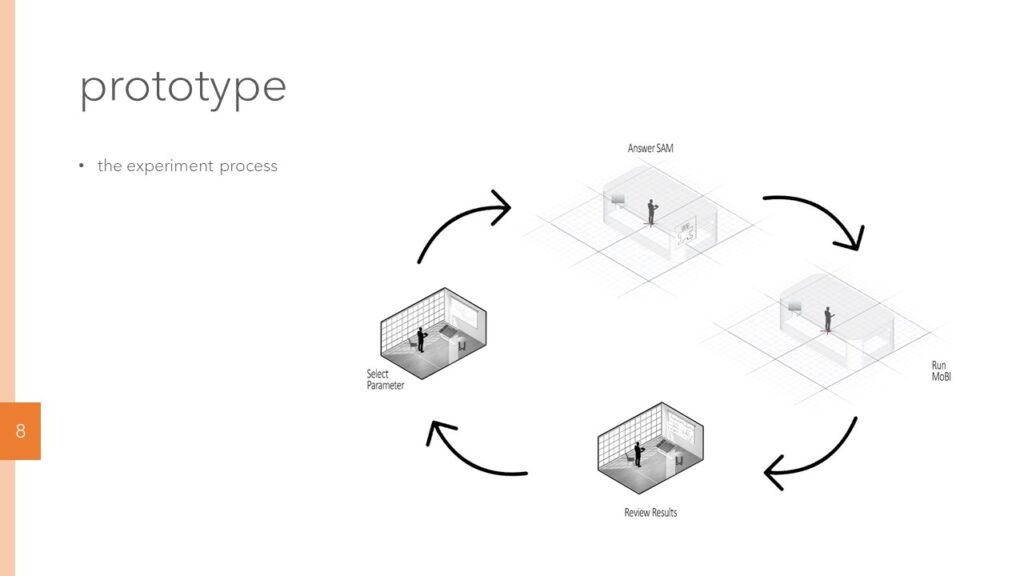
The idea is
that this process works in a cycle, and step by step, based on two sets of data
from SAM (subjective evaluation) and MoBI (the brain data) builds up on itself.
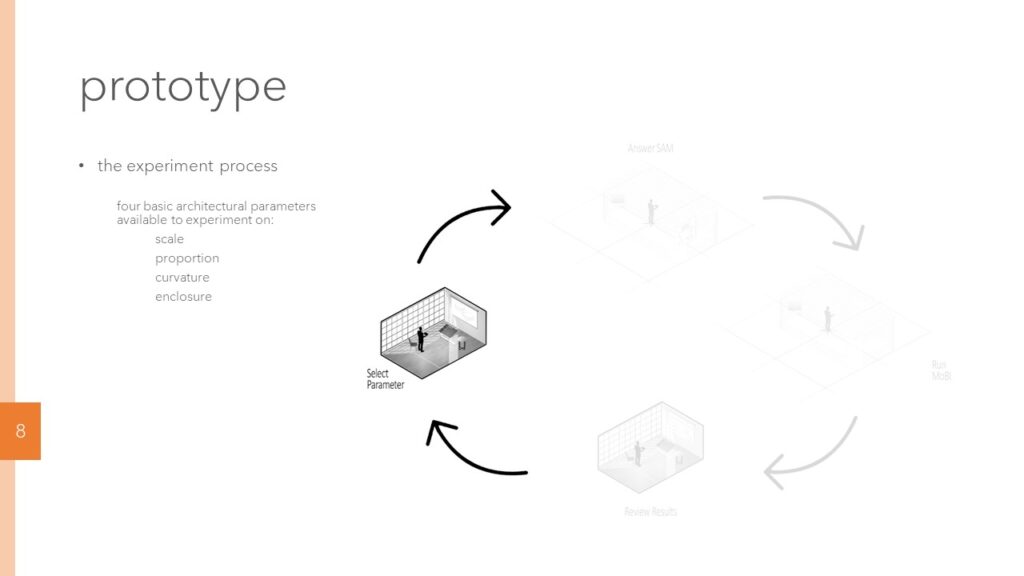
Inspired by
studies on qualities of space, four basic architectural parameters are
available to experiment on.
We start the experience sitting on a chair in the real-world as well as the virtual experience to increase immersion. Then continue by reading the provided instructions from the Notes menu. The architect’s table in the middle is the Control Center of the whole experience. The screen provides additional information and there’s also a 1:20 architectural scale model on the round table to inspect the design options. We continue by selecting a parameter, which activates the relevant menu on the tablet. then inspect the provided options. As you can see two sets of information are available for each option one scale model on the round table and technical information and measurements on the screen. And finally heading to the design environment to run the experiment.

The next step would be experiencing the design options and subjective emotional evaluation.
When in the design environment, we can activate each option and familiarize ourselves with it on our own pace, here the ground has a 50 by 50 cm grid to provide a sense of scale. And the first design option is the less enclosed room.
Then we answer to the SAM to gather the first set of necessary data. And move on to the next design option which is the more enclosed room. and respectively answer to the same question related to this option too.
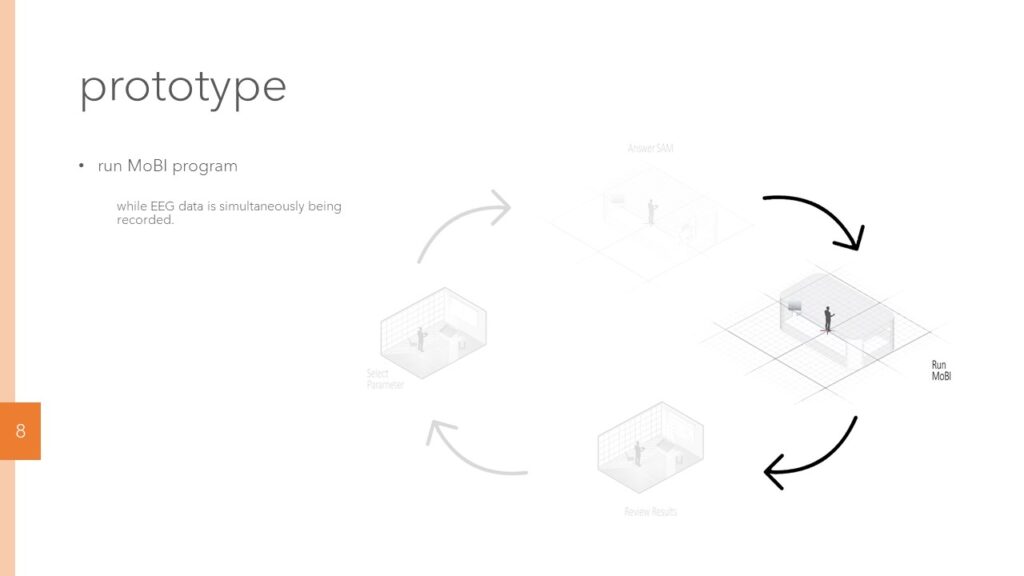
Now it’s time to run the MoBI program while EEG data is simultaneously being recorded.
This program makes one random option visible at a time. and each time for a random duration between 1 and 2 seconds. this randomization is to prevent the formation of habitual patterns so that we don’t get used to a Sequence of events and therefore increasing the validity of the brain data. Moreover, there will be 0.1 seconds pause in between and each option will repeat at least 80 times, which results in a total number of trials being more than 160. In the middle of the screen, you can see the mind monitor application that we used to record EEG data from 4 electrodes of the muse 2 headband.
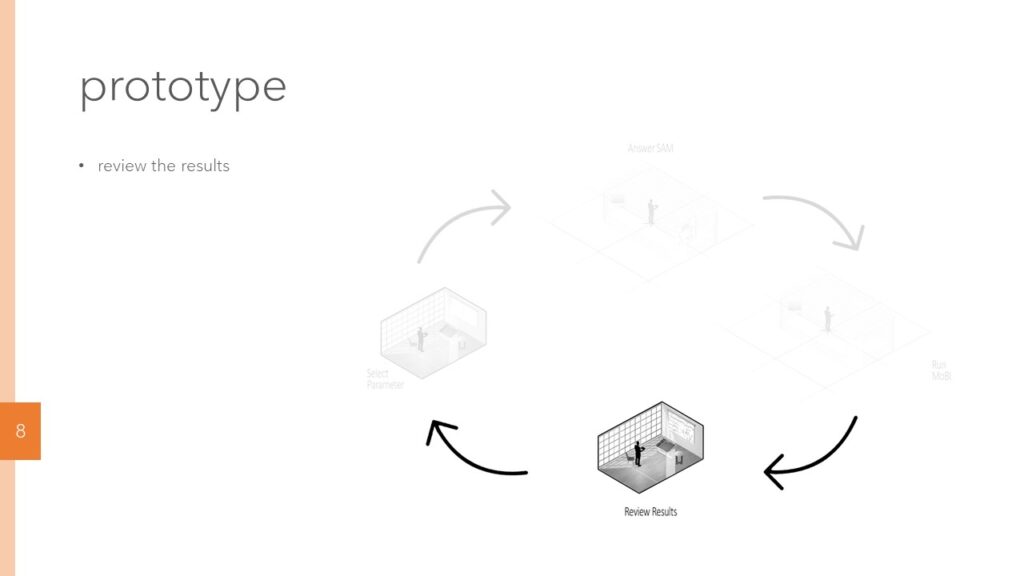
Final step of the cycle will be reviewing the results.
In order to do so, we need to activate the respective menu and it gives us access to several types of information. first, we have two sets of general information such as amplitude spectrums and scalp maps. The amplitude spectrums show us if we have captured valuable brain data, or our data contains Artifacts resulted by blinking or muscle movements. and scalp maps show the location of strong brain activities at different points in time. Then we move on to individual SAM and ERP results for each of our design options. Plus, we have the possibility to compare these two sides by side.
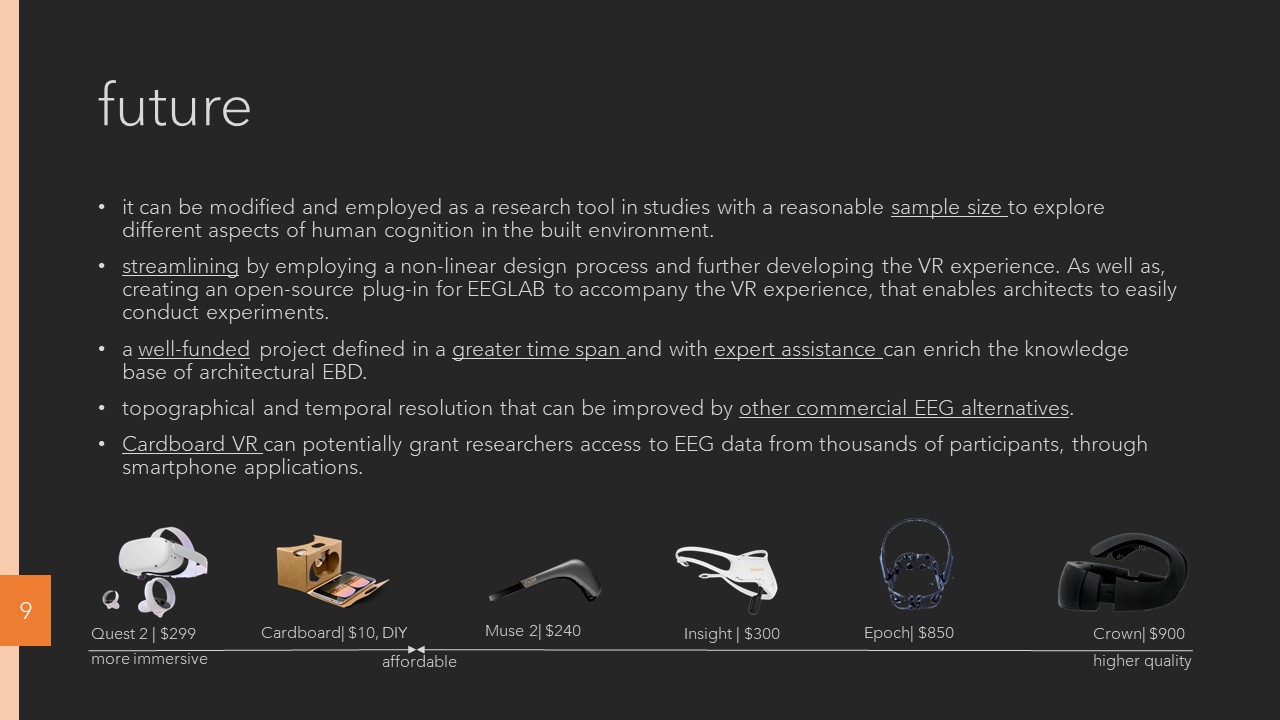
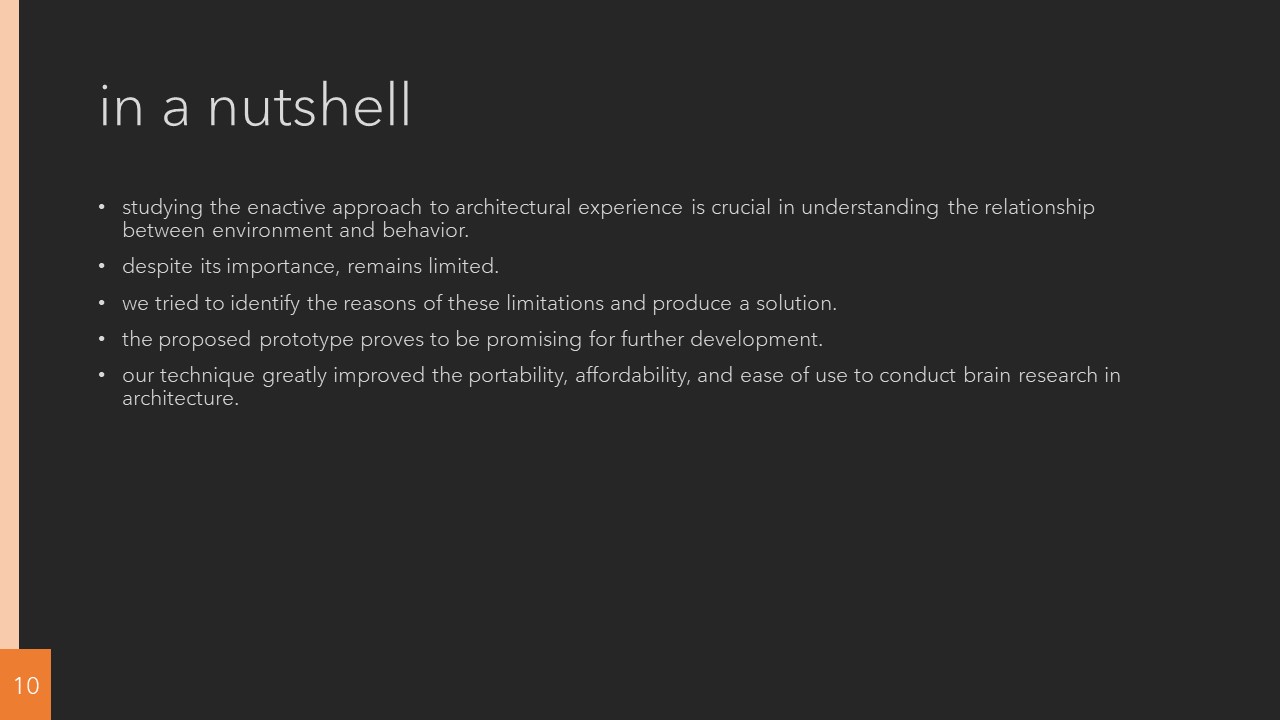
conclusion
The idea of a proof of concept was formed to provide further evidence for use of neurofeedback in VR as a novel method to achieve a deeper understanding of architectural EBD. Therefore, a prototype was developed to assess whether capabilities of the low-cost commercial equipment are sufficient to create an evaluative toolbox for architects to experiment on experience of spaces.
Improvements in the quality of low-cost portable EEG systems provide an excellent opportunity ERP research, while designing and performing an immersive VR experience has become a lot more affordable through recent technology. A combination of these two helped to realize a successful prototype based on performance of a BCI. This outcome not only facilitates many research opportunities, but also can provide any architect with a deeper insight of the stakeholders’ preferences before diving in the design process.
This method utilized a Muse 2 headband, an Oculus Quest 2, and a VR ready computing device, and our technique greatly improved the portability, affordability, and ease of use to conduct brain research in architecture.